Personality Types
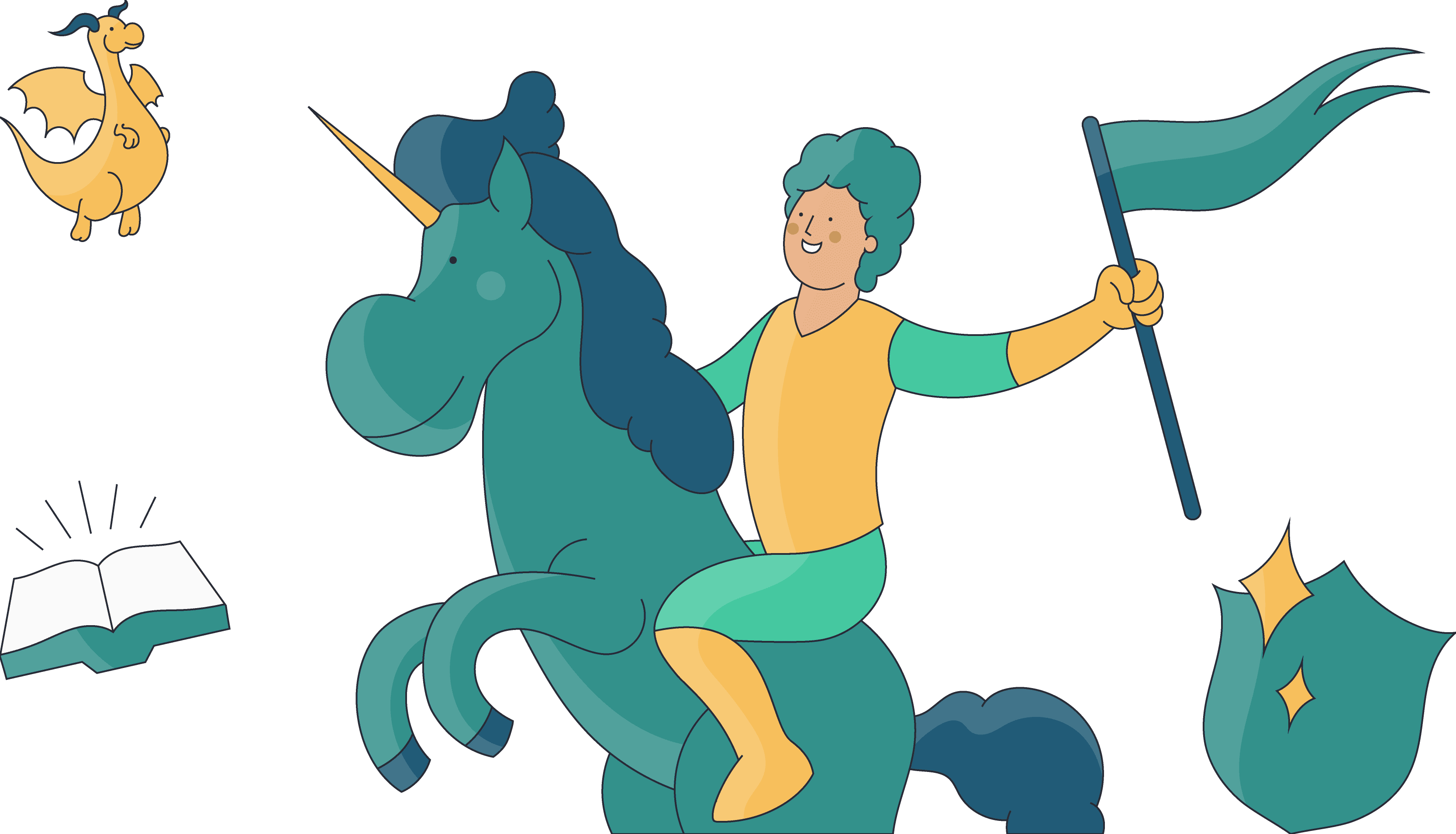
ENFJ
The Advocate
ENFJs are truly interested in making the world a better place. In roles where they can see how their work is making a difference, ENFJs are energetic, collaborative, and happy to drive tasks forward.

ENFP
The Crusader
ENFPs thrive in workplaces that champion creativity. They like coming up with innovative ideas and finding novel solutions to problems. They like to connect to a broader organizational mission they can believe in.

ENTJ
The Director
ENTJs have the confidence, energy, and drive needed to thrive in the workplace, regardless of career path. Their intellect and strength will make them powerhouses of productivity.
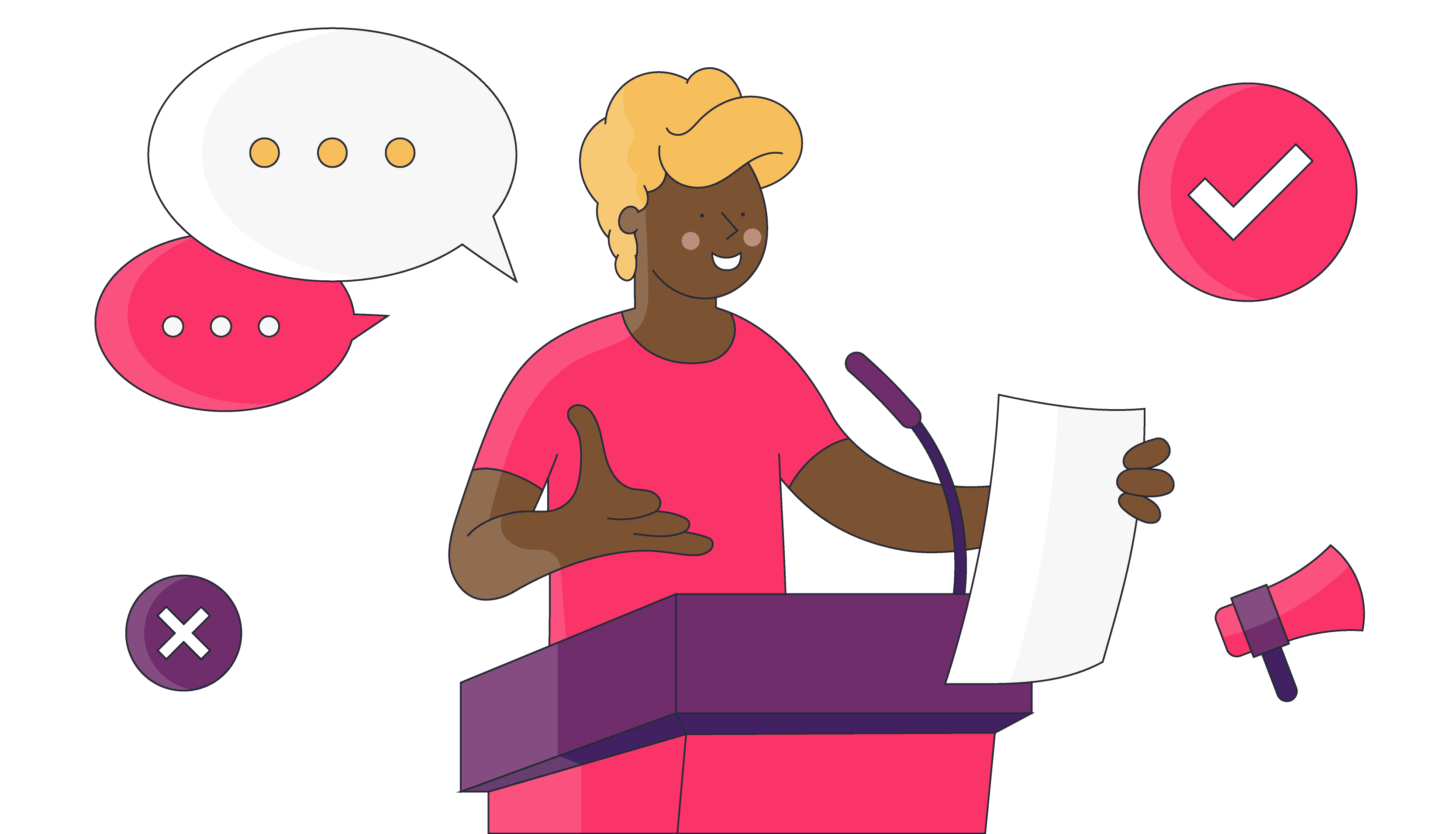
ENTP
The Debater
ENTPs are notoriously unorthodox. They thrive in environments that encourage debate and creativity. Naturally rebellious, ENTPs will happily challenge the status quo and advocate for honest and transparent discourse.

ESFJ
The Caretaker
ESFJs are committed to their communities, whether personal or professional. They are generous with their time and energy and are the foundation of many successful teams. ESFJs are sociable and supportive.

ESFP
The Entertainer
ESFPs are vivacious and warm. They thrive in creative, progressive work environments that aren’t stuffy or hierarchical. Their enthusiasm for life is infectious and quieter colleagues can blossom around them.
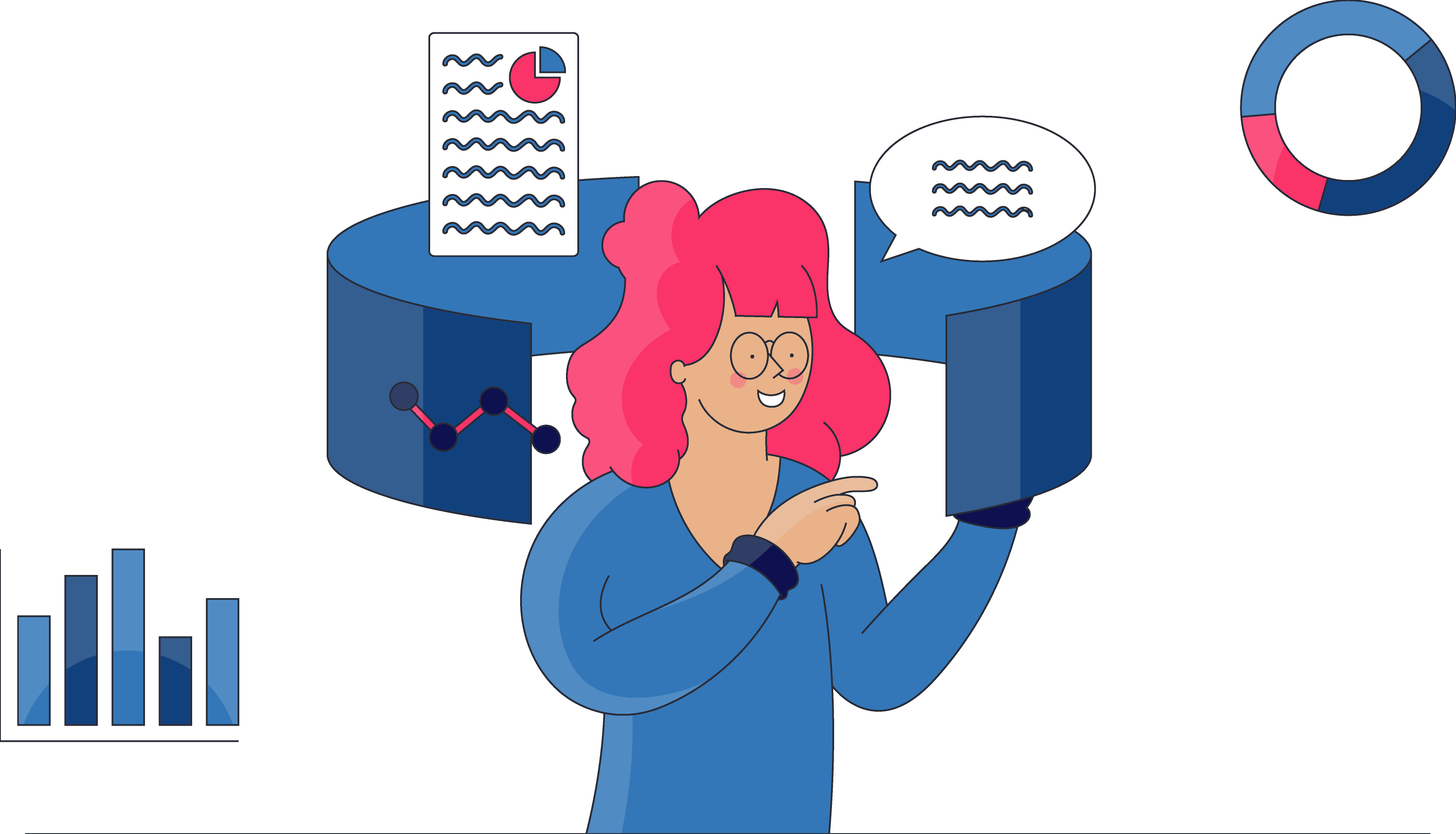
ESTJ
The Organizer
ESTJs thrive within businesses that have well-defined structures and policies. ESTJs enjoy and excel at organizing projects, processes, and people. ESTJs like creating an efficient and structured work environment.
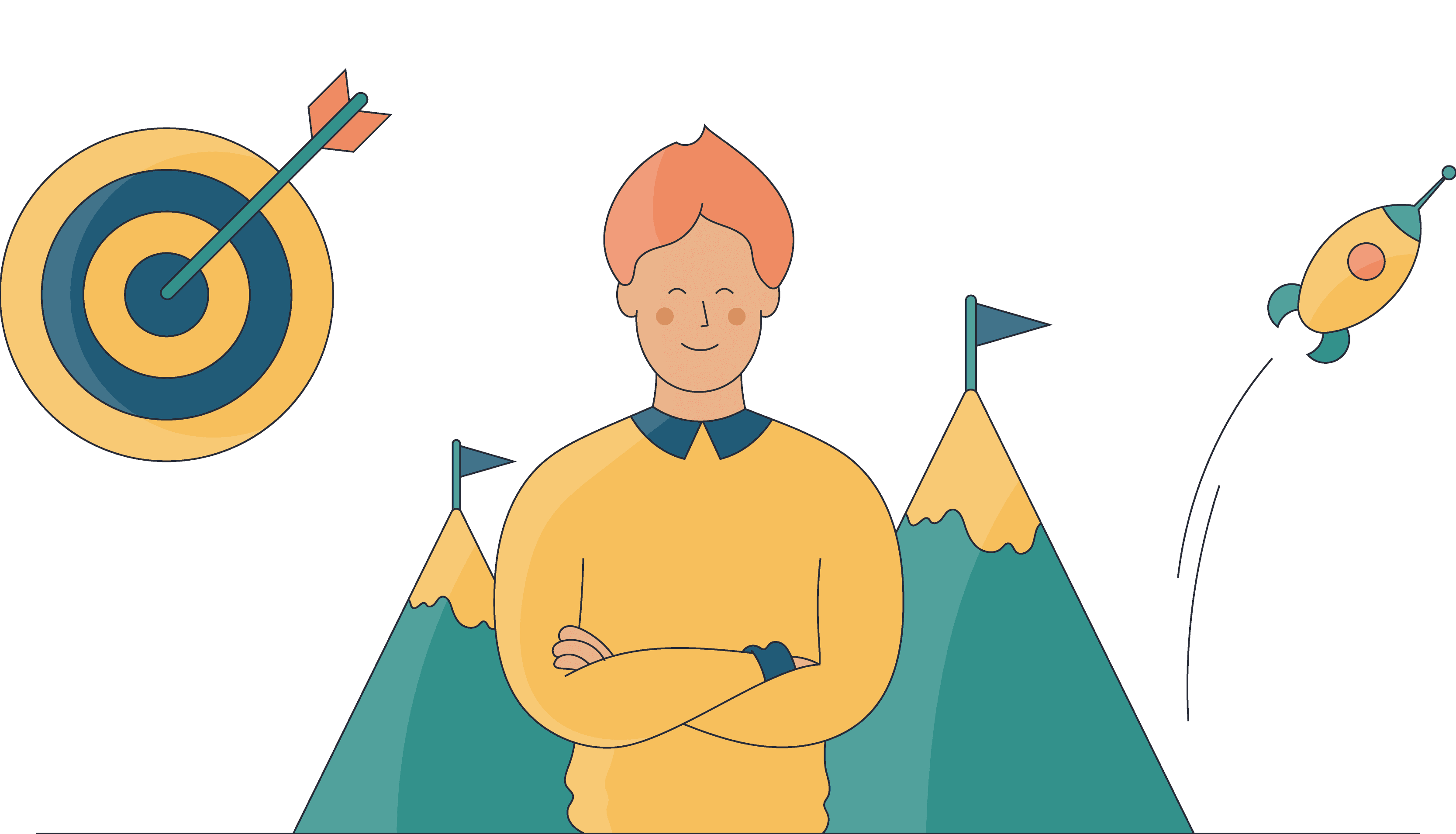
ESTP
The Self-starter
ESTPs thrive within dynamic and flexible work environments. They are attracted to working with others who can match their quick-thinking and task-oriented approach.

INFJ
The Campaigner
INFJs advocate for projects that improve the greater good. Their vision for a better, happier, future influences their approach to work. INFJs use their creativity and insight to search for novel solutions to challenging problems.

INFP
The Dreamer
INFPs are guided by a deep-rooted set of core values. Ignoring or compromising those values would feel intensely challenging for an INFP. It’s vital to INFPs that they can speak their truth.

INTJ
The Architect
INTJs enjoy complex projects that are intellectually stimulating. Analytical and curious, INTJs thrive when faced with wicked problems. INTJs are critical thinkers.
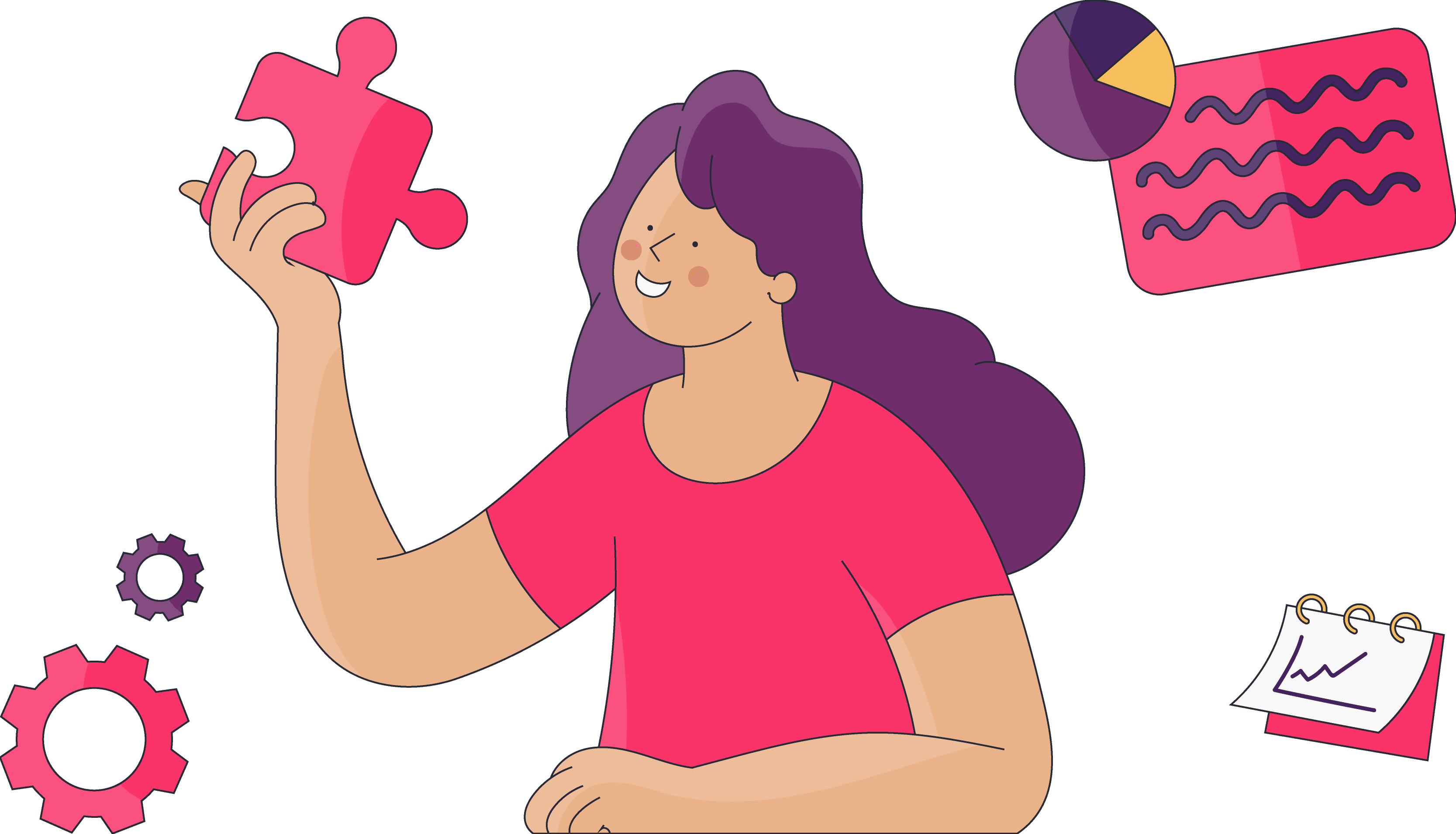
INTP
The Visionary
INTPs are independent thinkers who don’t like to be contained by conventional wisdom. In the workplace, INTPs are happy to challenge the status quo. They do this in a thoughtful and insightful way rather than a bullish one.

ISFJ
The Protector
ISFJs are always willing to contribute and help out however they can. This makes them valuable team members. They also care deeply about the well-being of others.

ISFP
The Explorer
ISFPs value creativity. They are genuinely interested in the contribution of each of their teammates. This makes them great team players. They are also good at facilitating harmony within a team.

ISTJ
The Rationalist
The ISTJ is a valuable team member and colleague. They are willing to work hard and dutifully tackle even unpopular tasks. They have immense respect for rules, hierarchy, and authority.
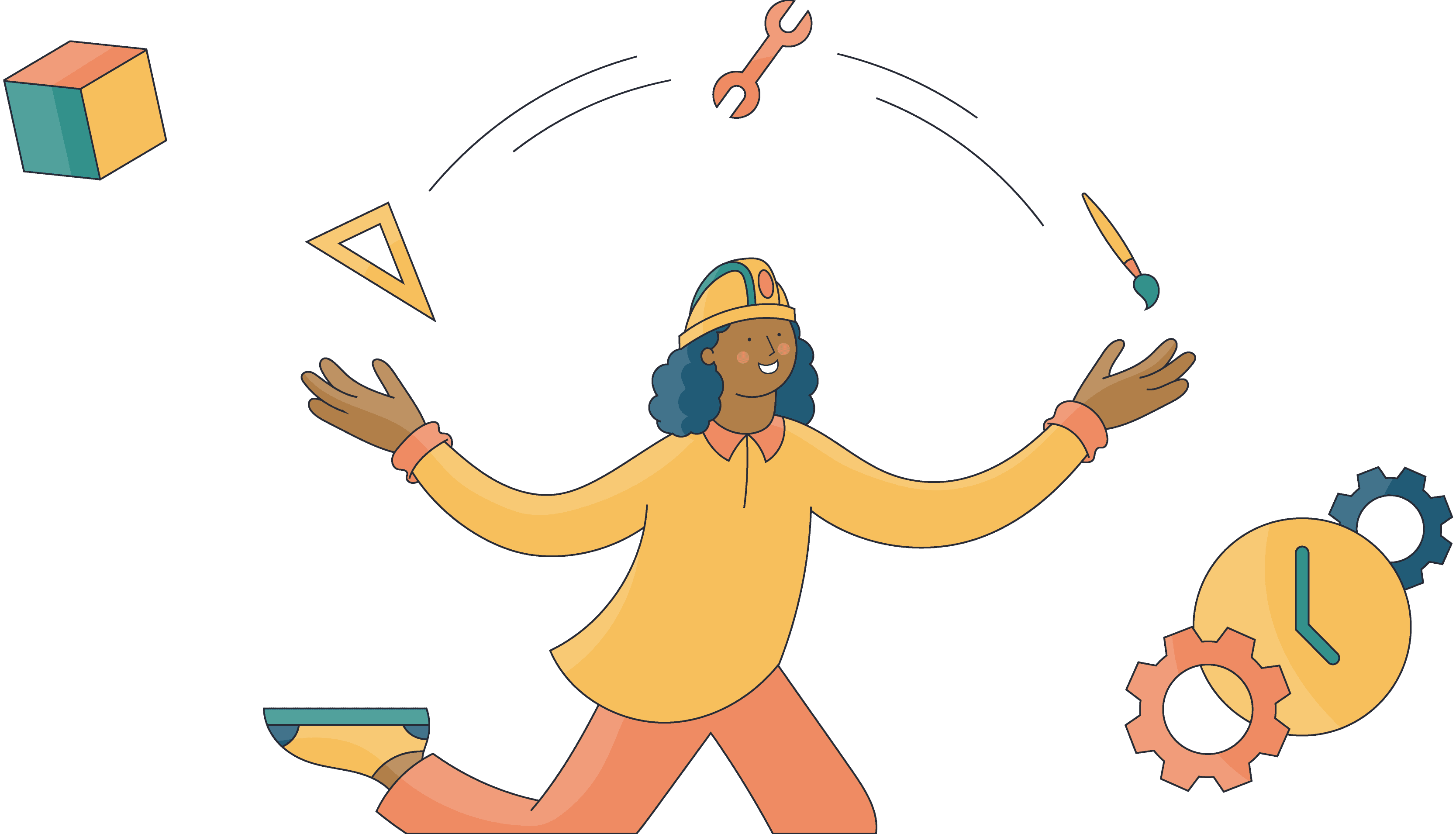
ISTP
The Artisan
ISTPs are diligent and hard-working colleagues. They enjoy problem-solving and focusing on the immediate task at hand. They thrive in skilled trades and roles where they can act as the expert.